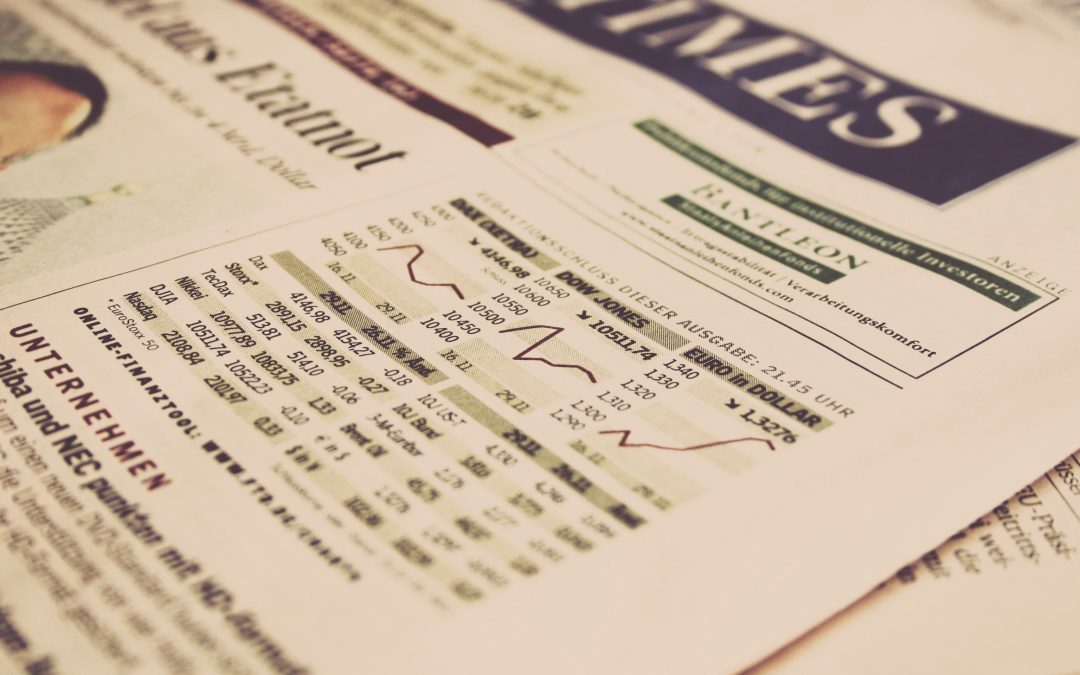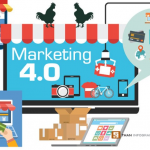After two years of economic recovery (2015-16), credit recovery in 2017 and an election year (2018), projections pointed to 2019 as a year of economic recovery and business opportunities.
1 – Several financial analysts indicate growth of various indicators of the Brazilian economy, such as PIB, which represents the total wealth produced by a country.
The latest publication of PIB report estimates growth of 2.5% for 2019 (expected pension reform), against growth of 1.36% in 2018. This represents an increase of R$ 166 billion in the economy. .
The entrepreneur who had to adopt a strict policy to lower prices and survive the wind of the crisis will now have to lift the sails if wants to sail the waves of growth. In times of high economy, it stands out those who invest in efficiency and quality to attract new customers and retain those in house.
2 – Another important indicator to measure growth is the General Market Price Index (IGP-M), which measures the price variation of both raw materials for industry and agriculture and supermarket foods. In 2019 the projection is 4.5%, against 9.44% in 2018.
For the company manager, a regulated inflation rate means greater certainty for calculating future returns. In this sense, 2019 will be the safest year to invest in expanding your business compared to the last five years, as expected inflation continues to fall over various time horizons.
In addition, regulated inflation represents an increase in the real purchasing power of the population and, consequently, an increase in consumption.
3 – Brazil is already the 4th largest foreign investment destination. In Latin America, in 2017, nine of the ten largest acquisitions by foreign companies took place in Brazil, including seven Chinese buyers.
According to the Central Bank, it is estimated that by 2019 the country will receive $ 72 billion in foreign direct investment (IED). Circulating capital levels have a significant impact on business, and increased foreign investment creates more jobs, improves infrastructure, and increases modernization.
4 – Directly related to foreign investment, it is estimated that the dollar rate will be average R$ 3.80 in 2019
For import-dependent companies, the increase in the dollar may require a change in input or pricing strategy. On the other hand, companies that export their products gain from the fluctuation of the dollar upwards.
Once again, it is up to the manager to prepare for currency fluctuation. Whether to dodge threats or seize opportunities.
5 – The basic interest rate of the Brazilian economy, the Selic Rate, is used as a reference for the calculation of other interest rates charged by the market. For 2019, the Central Bank expects the Selic Rate to rise to 8%. It currently stands at 6.5%.
For the entrepreneur, this means greater difficulty in obtaining credit, as well as a reduction in consumption by the population. And companies’ managers must think long term to resist market fluctuations, strengthening the brand, building client loyalty, diversifying products, etc.
6- The public deficit, which is formed by the calculation of revenues minus government expenses without considering interest expenses, is of R$ 115.5 billion for 2019, against R$ 131 billion foreseen for 2018. The reduction is mainly due to expected cuts in government spending.
The balance of public accounts is a key indicator for international market assessment of “Brazil risk”. Therefore, this reduction in the public deficit represents an increase in the investment opportunity in the country.
These are some of the main national economic indicators. According to them, the expectations of 2019 are a year of more opportunities than threats for companies. Beyond the projections, it is certain that planning, and especially MARKET RESEARCH, remains the best tool for companies to act intentionally in order to have more benefits.






